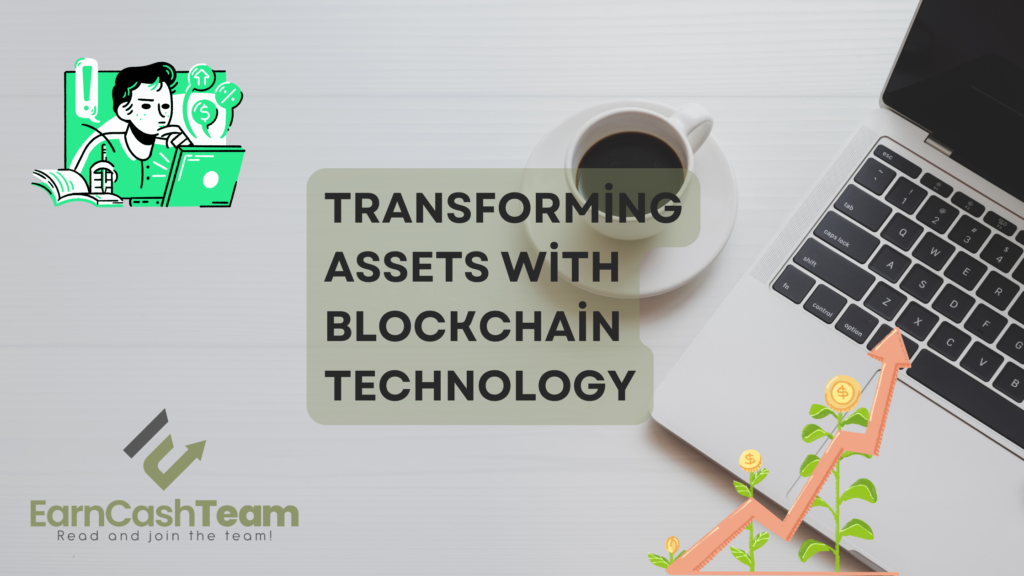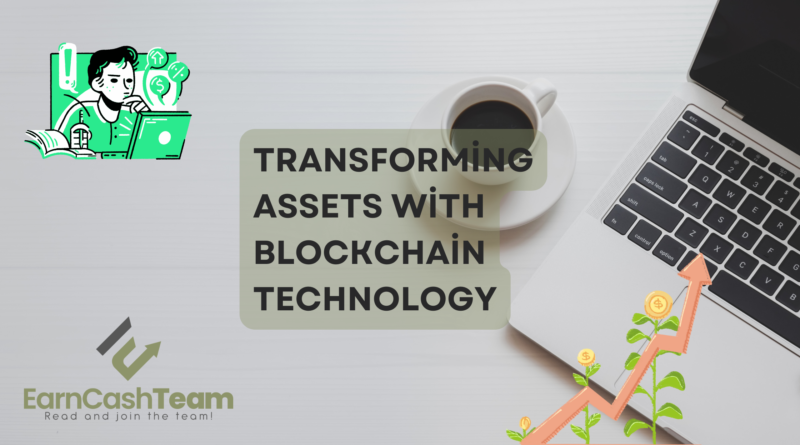Transforming Assets With Blockchain Technology (EXPLAINED)
Tokenization converts sensitive data into an encrypted form that appears similar to its original form but is unrecognizable to criminal actors – this process is known as cryptographic tokenization.
Tokenized assets are easily programmable and accessible, providing greater transparency, efficiency, and investor participation in capital markets. Discover more how blockchain technology could transform your firm.
You can also check out other tips about blockchain or banking with us!

Better Liquidity
Tokenization is an increasingly popular data protection technique in payment systems. Tokenization encrypts sensitive data such as PAN with unique identifiers called tokens which are then used for transactions without revealing original details. By restricting which systems have access to original information and decreasing risks when breaches happen in such systems.
Payment tokens provide convenient one-click payments for customers and increase conversion rates at the checkout page, especially beneficial to subscription-based businesses which create repeat business with their customers.
Blockchain technology also facilitates improved asset transfers. Non-fungible assets, like game day jerseys or artwork pieces, can be tokenized for easier transfer without losing value – opening up investment options to more investors while decreasing asset management costs, especially beneficial to smaller investors or those without the funds to purchase traditional securities.
Increased Transparency
Blockchain networks face one of their primary obstacles in transparency issues. While blockchain technology may enable immutable recording of all sorts of information – from transactions and votes in democratic elections to product inventories, state IDs and deeds of property deeds – blockchain networks still have room to improve in terms of addressing information asymmetries in supply chains.
Tokenization is one method of increasing transparency while upholding the integrity of original data. This process transforms sensitive information into placeholders with no real value, enabling the exchange of authentic information without disclosing sensitive details.
Back-end tokenization provides organizations with a way to safely share data with third parties while complying with regulations like HIPAA. Furthermore, it limits data correlation by restricting propagation of an identifier across databases – thus lowering risks of security breaches and protecting customer identities. Original data remains stored safely separately so any attacker entering would not gain access to sensitive information.
More Secure Transactions
Tokenization involves replacing personally identifiable information (PII) with surrogate values that maintain all pertinent details from its original value, such as an ID number. Because tokens cannot be connected back to original data in case of breach, they do not reveal sensitive data that would expose users.
By keeping PII data outside your environment, hackers cannot use it for criminal activities if they breach your systems. This provides organizations with a powerful solution for meeting PCI and other compliance standards without increasing their chances of breaches.
Payment tokens, for instance, can provide businesses with an efficient shopper flow while protecting them against fraud. By cutting down time spent verifying customers and making transactions more seamless than ever, payment tokens provide businesses with significant repeat transactions the security they require to stay in business. This technology has proven crucial for subscription-based models which generate substantial repeat purchases.
Lower Risks
Data tokenization involves replacing sensitive information with random, unique values called tokens that serve the same function without being reverse engineered to reveal its source – leaving less opportunity for attacks while making compliance easier with regulatory standards like PCI DSS.
Back-end tokenization can also help mitigate risks of data breaches by restricting which systems have access to PII, and therefore decreasing attack surfaces. It’s an indispensable solution for organizations trying to balance speed with protecting sensitive information securely.
Blockchain allows us to digitize assets and financial instruments of all kinds into digital tokens that can be traded on decentralized markets, from tangible assets like gold and real estate, to voting rights, ownership rights and content licensing agreements. Blockchain also enables more efficient business models that promote greater liquidity and transparency between stakeholders – including tangible assets like gold and real estate as well as intangible rights such as voting rights or ownership rights.




